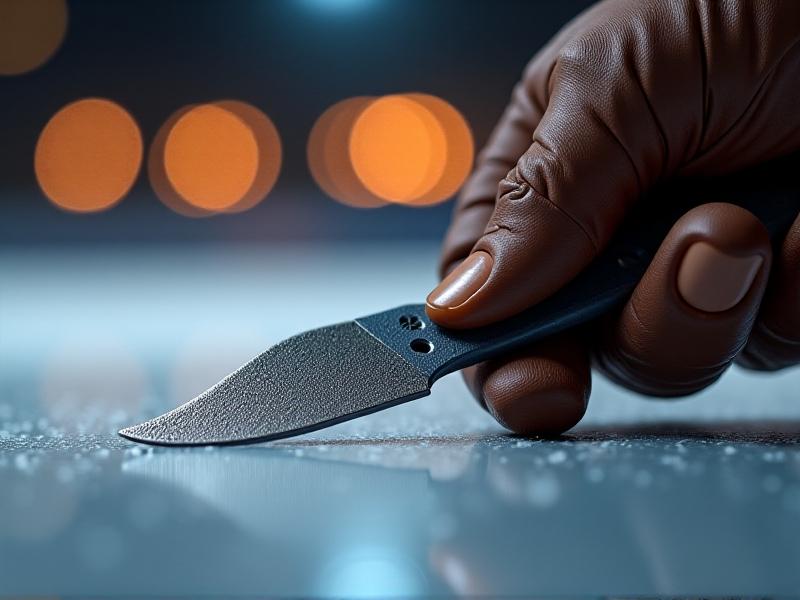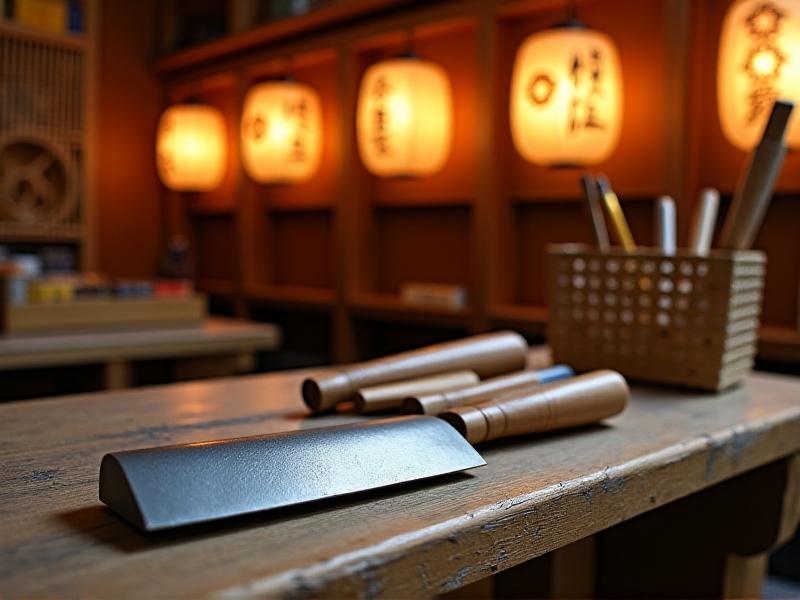Last-Minute Equipment Checks Before Ice Competitions
The Importance of Last-Minute Equipment Checks
Competing in ice sports demands precision, skill, and reliability—not just from the athlete but also from their equipment. Whether you're a figure skater, hockey player, or speed skater, the last-minute check of your gear can make the difference between a flawless performance and a disastrous one. This process ensures that everything is in optimal condition, reducing the risk of equipment failure during the competition. It’s not just about avoiding mishaps; it’s about building confidence and peace of mind as you step onto the ice.
Imagine the frustration of discovering a loose blade or a cracked helmet just moments before your event. Such scenarios can be avoided with a systematic and thorough equipment check. This practice is especially crucial in ice sports, where the environment is unforgiving, and even minor issues can escalate quickly. By dedicating time to this final inspection, you’re not only safeguarding your performance but also prioritizing your safety.

Skates: The Foundation of Your Performance
Your skates are arguably the most critical piece of equipment in any ice competition. A last-minute check should focus on the blades, boots, and laces. Start by examining the blades for any signs of damage, such as nicks, cracks, or uneven edges. These imperfections can affect your stability and control on the ice. Use a cloth to wipe away any residue or rust, ensuring the blades are clean and sharp.
Next, inspect the boots for wear and tear. Check the stitching, eyelets, and soles to ensure they’re intact and secure. Loose or broken laces can be a significant hazard, so replace them if necessary. Finally, test the fit of your skates. They should feel snug but not overly tight, allowing for both comfort and precision. Remember, even the smallest adjustment can have a significant impact on your performance.

Protective Gear: Safety First
Protective gear is essential for minimizing the risk of injury in high-impact ice sports like hockey or speed skating. Helmets, pads, and gloves should be thoroughly inspected before every competition. Start with the helmet, checking for cracks, dents, or loose straps. The fit should be secure, with no wobbling or discomfort. For hockey players, ensure the cage or visor is intact and free from scratches that could impair vision.
Move on to the pads, including shoulder, elbow, and knee protectors. Look for signs of wear, such as frayed straps or compressed padding. These components should provide ample protection without restricting movement. Gloves should also be checked for holes or weakened areas, as they play a crucial role in grip and hand protection. Remember, your safety gear is your first line of defense against injuries, so never compromise on its condition.

Clothing: Comfort and Functionality
The right clothing can enhance your performance by providing comfort, flexibility, and temperature regulation. For figure skaters, costumes should be checked for loose sequins, torn fabric, or malfunctioning zippers. These issues can be distracting or even hazardous during a routine. Hockey and speed skaters should ensure their jerseys, pants, and underlayers fit well and allow for unrestricted movement.
Additionally, consider the temperature of the rink. Layering appropriately can help you stay warm without overheating. Moisture-wicking fabrics are ideal for keeping sweat at bay, while breathable materials prevent discomfort. Finally, don’t forget to check for any branding or sponsorship requirements. Your attire should not only support your performance but also adhere to competition guidelines.
Accessories: The Small Details Matter
Accessories may seem minor, but they play a significant role in your overall performance. For figure skaters, hair ties, gloves, and tights should be inspected for durability and fit. Loose hair or uncomfortable tights can be distracting during a routine. Hockey players should check their sticks for cracks or splinters, ensuring they’re in top condition for the game.
Speed skaters should pay attention to their goggles and neck warmers, which protect against the cold and wind. Additionally, all athletes should consider carrying a small repair kit with essentials like spare laces, tape, and tools. These items can be lifesavers in case of unexpected equipment issues. Remember, it’s the small details that often make the biggest difference.
Mental Preparation: The Final Step
While equipment checks are crucial, mental preparation is equally important. Use this time to visualize your performance, focusing on your strengths and strategies. A calm and confident mindset can enhance your ability to execute skills and adapt to challenges. Take a few moments to breathe deeply and center yourself, leaving any anxiety or distractions behind.
This final step is also an opportunity to review your goals and remind yourself why you’re competing. Whether it’s personal growth, team success, or a love for the sport, keeping your purpose in mind can motivate and inspire you. By combining thorough equipment checks with mental readiness, you’ll be fully prepared to give your best performance on the ice.








